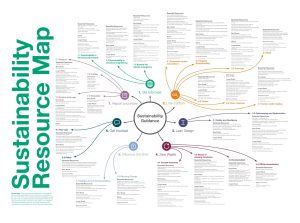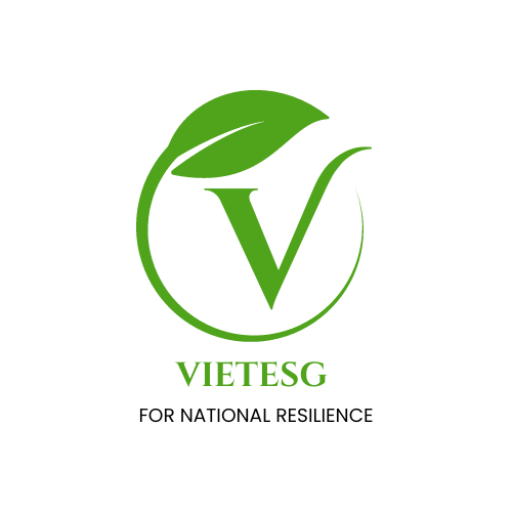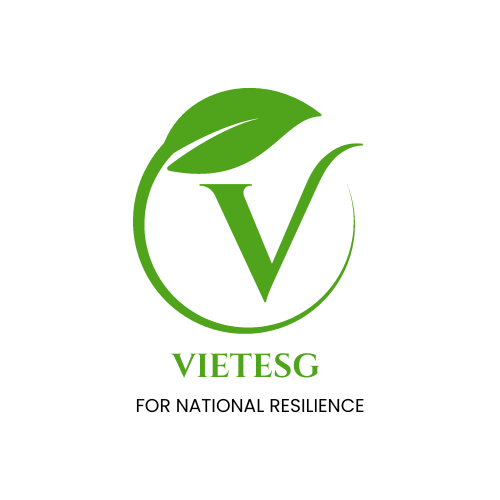
The Sustainability Resource Map
Sustainability requires a comprehensive understanding of diverse concepts and continuous monitoring of evolving practices. The Sustainability Resource Map, introduced by the Institution of Structural Engineers (IStructE) in 2022, offers an organized overview of key sustainability themes, such as low-carbon strategies, lean design, and circular economy principles.
While originally intended for engineers, many resources in this map are relevant to a wider range of professionals, including business leaders. It covers critical areas like embodied carbon, reuse of structures, and sustainable materials, which remain fundamental to decision-making processes.
Although some of the resources may now need updates, the map still serves as an essential reference point, providing both quick insights and deeper, actionable guidance. The categorization of themes—such as zero waste, project benchmarking, and influencing sustainability briefs—allows professionals to strategically integrate these ideas into their operations.
The resource offers a combination of short and long reads, as well as videos, to accommodate different learning needs. It serves as a foundational tool for those who need to stay current with sustainability challenges while shaping informed decisions in design and strategy.
Professionals from various sectors are encouraged to explore the resource through the Institution of Structural Engineers’ website, where links to detailed content are available. Despite some materials requiring revision, the map remains an invaluable tool for fostering a deeper understanding of sustainability and its practical applications across industries.
The Sustainability Resource Map is a reminder of the complexity of sustainability and the range of interconnected concepts it involves. Sustainability extends far beyond emission reductions, encompassing aspects such as resource optimization, material reuse, and systemic shifts towards circular economies.
This broader perspective is critical for professionals aiming to integrate sustainability effectively. The map captures this multifaceted nature by covering various themes, ensuring that users can approach sustainability in a more holistic way, recognizing the need to address both environmental and social dimensions.


